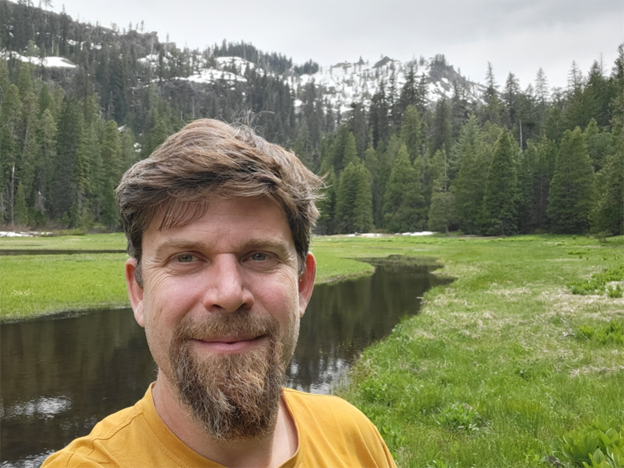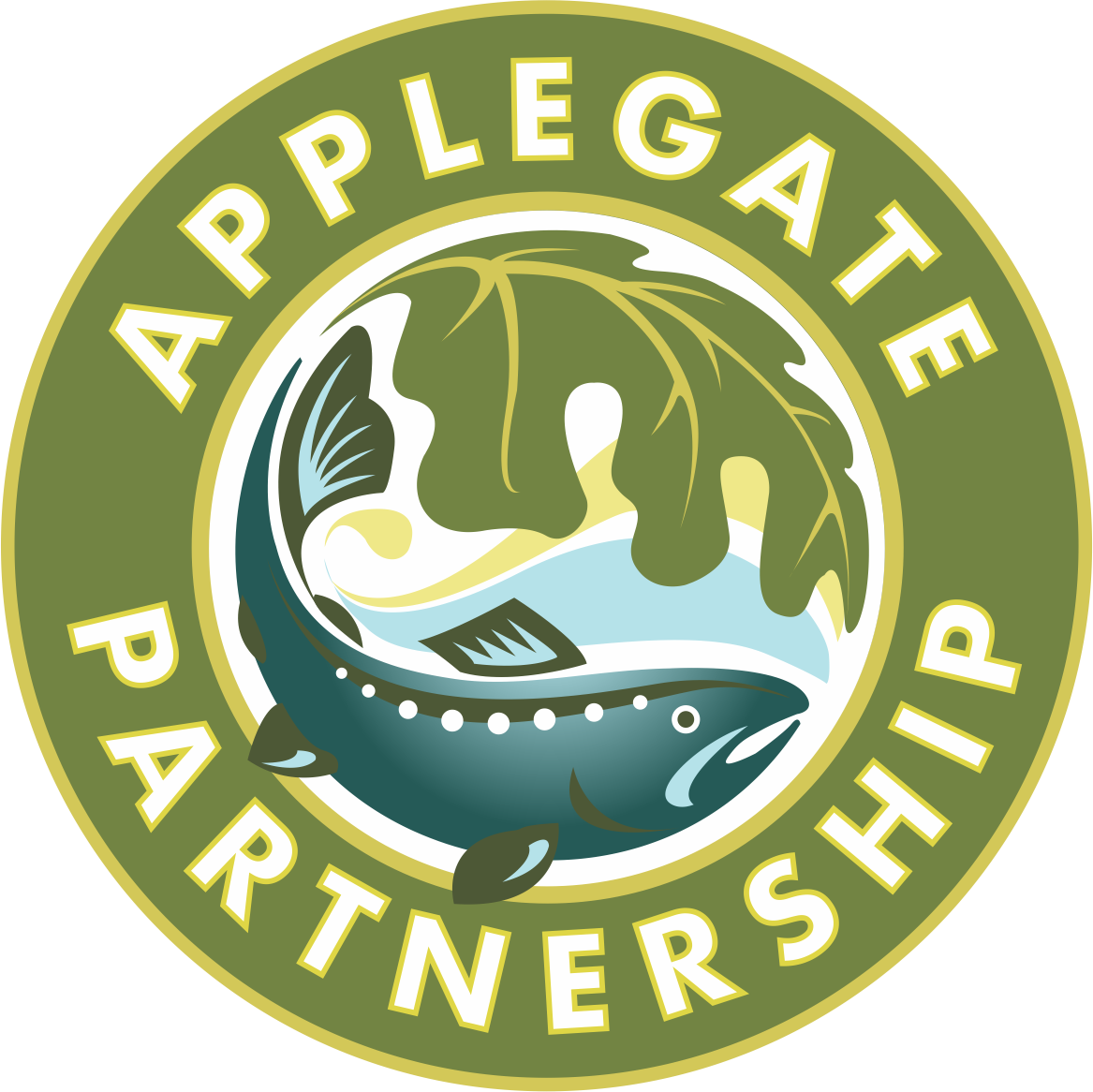
Community Wildfire
Protection Plan
One plan to guide wildfire preparedness and resilience in the Applegate Valley
The Applegate community created the first Community Wildfire Protection Plan (CWPP) in the nation in 2002, but conditions have changed a lot in the past quarter century. Our population has grown, with more people than ever living in the woods, or Wildland Urban Interface (WUI). The Applegate Partnership and Watershed Council (APWC) has secured funding to update the plan, and we will be working with the residents of the Applegate to make sure that the new document meets the needs of today. Those needs include the following:
Planning and prioritization of activities to reduce wildfire risk.
Coordination of residents and firefighting resources during a wildfire event.
Recovery after a wildfire or other emergency impacts our community.
Community Involvement
Assistance and feedback from the community is paramount to the development of the CWPP. Below are a few links to help you stay informed on the progression of the CWPP, provide personalized information to be used in the development process, and stay up-to-date on events and meetings taking place as the plan is being created.
Follow the development of the CWPP as we post updates on its progression
Take the community member survey to provide vital information for the CWPP
Stay up-to-date on community meetings and events surrounding the CWPP
The US Forest Service defines a CWPP as a plan developed by a community at risk of wildfire. The Community Wildfire Protection Planning process is a collaboration between communities and agencies interested in reducing wildfire risk.
A valid CWPP has three minimum requirements:
First, the plan must be collaboratively developed by local and state government representatives in consultation with federal agencies and other interested parties.
Second, the plan must identify and prioritize areas for hazardous fuel reduction treatments, as well as recommending methods of treatments that will protect at-risk communities and essential infrastructure.
Third, the plan must recommend measures that homeowners and communities can take to reduce ignitability of structures throughout the area addressed by the plan.
What is a Community Wildfire Protection Plan?
Project Timeline
Map of the Applegate Valley
This map shows the entire geographic area covered by the Applegate CWPP
Contact Information
-

NATE GEHRES
Project Manager
For general questions about the project:
nathan@apwc.info
Nate’s role in the CWPP update is to coordinate the various stakeholders and to ensure that the update is achieved within the established timeframe and budget. -

AMELIA LIBERATORE
Community Engagement Coordinator
For questions about the final document:
aliberatore@sofrc.org
Amelia’s main role on the CWPP project is to oversee and edit the CWPP document. She also assists with public outreach – you'll see her at public meetings and tabling events throughout the year. Be sure to say hello and let her know what you love most about the Applegate! -

BELLA WITHERSPOON
Social Scientist
For questions about the survey:
bwitherspoon@sofrc.org
Bella’s main role on the CWPP project is to lead the social science public survey and vulnerability study. She designs and implements mixed-method research to capture a wide range of perspectives on wildfire risk, preparedness barriers, and resource needs, while mapping service gaps and identifying strategies to strengthen community resilience.
Resources
Community Wildfire Protection Plan Examples:
2002 Applegate Community Wildfire Protection Plan








